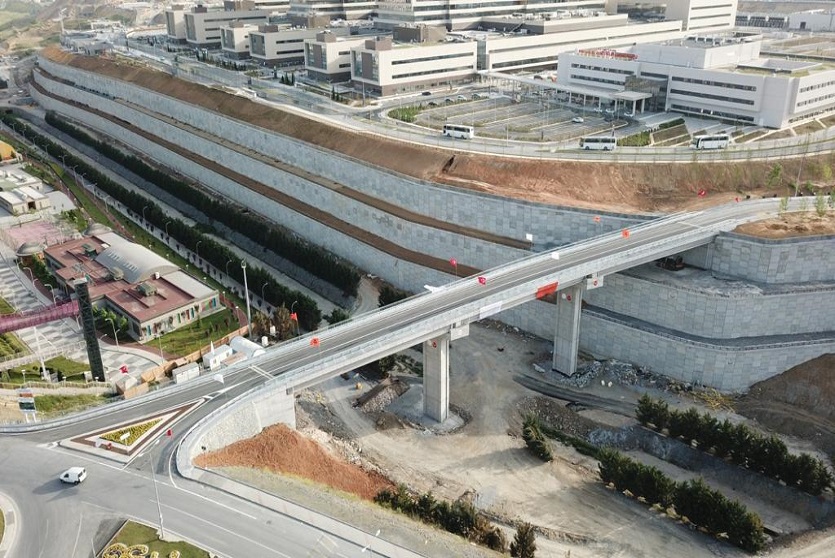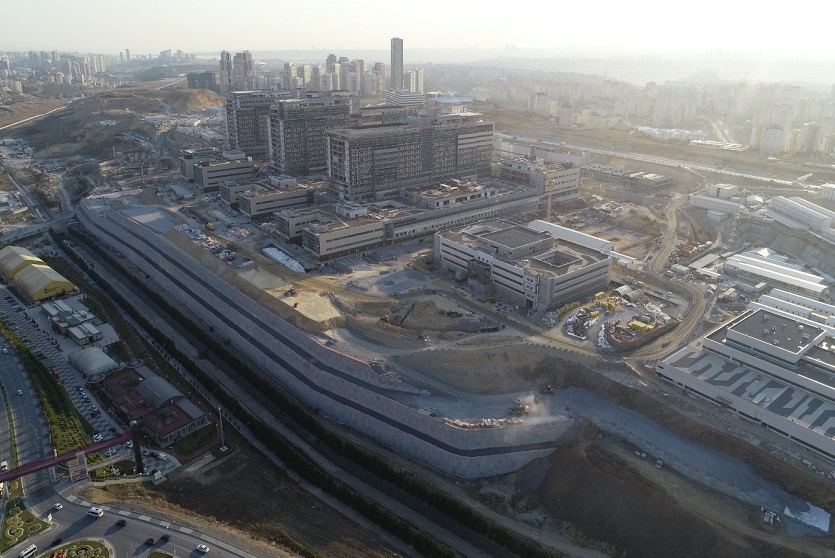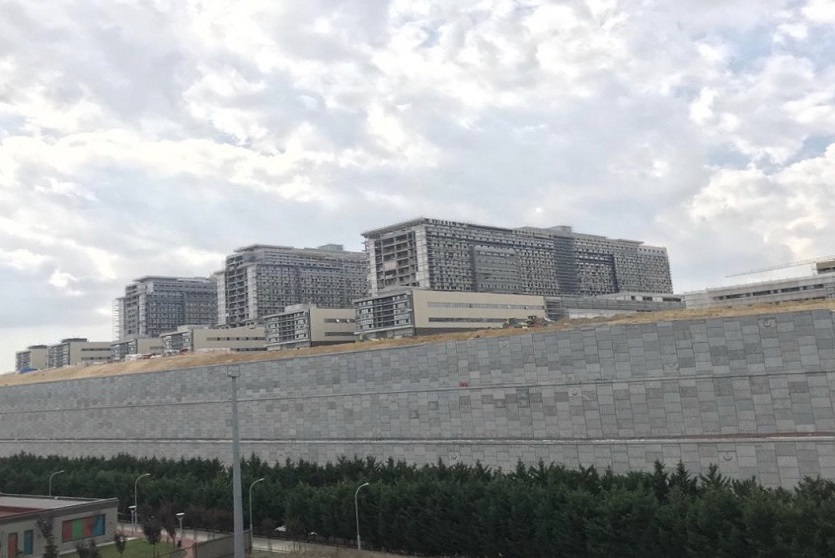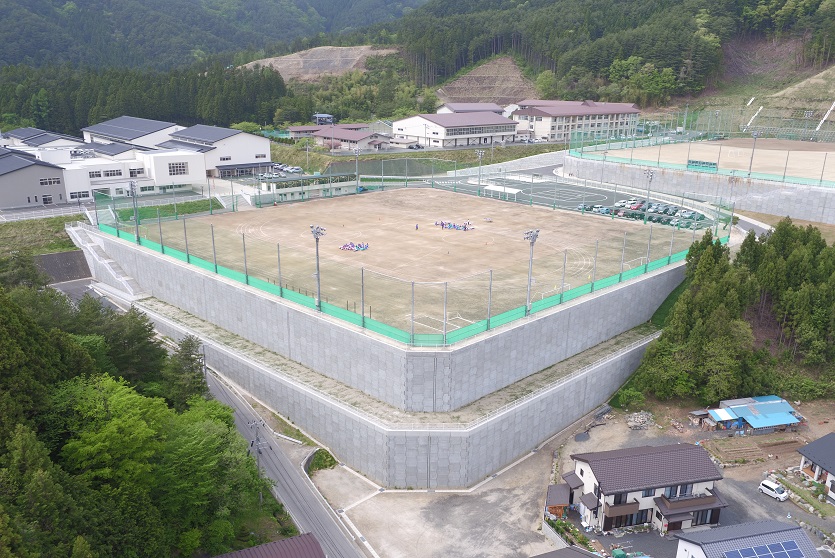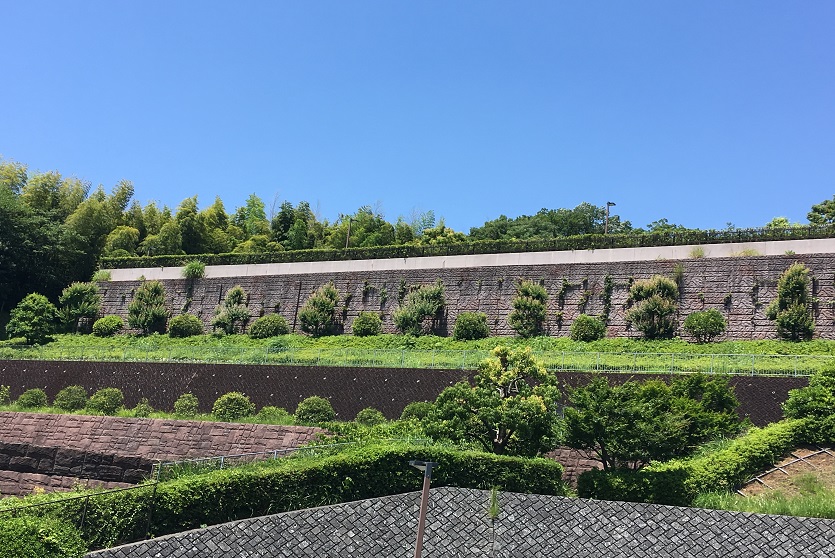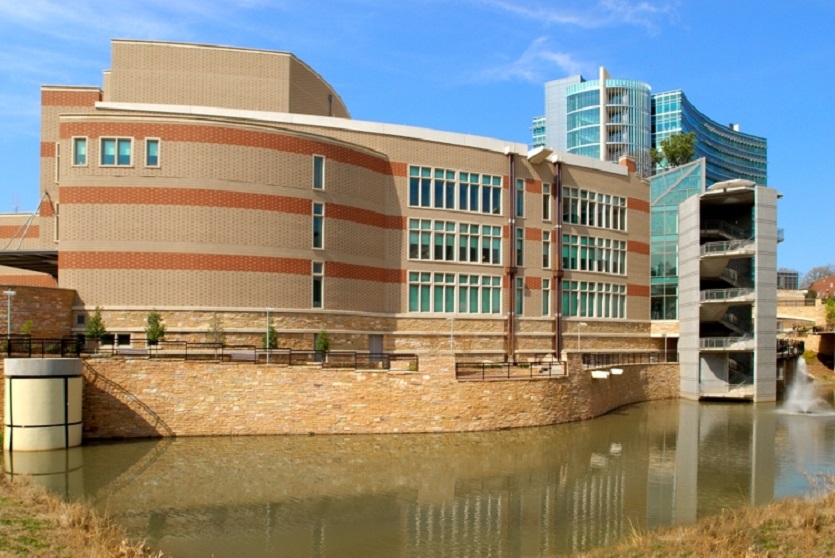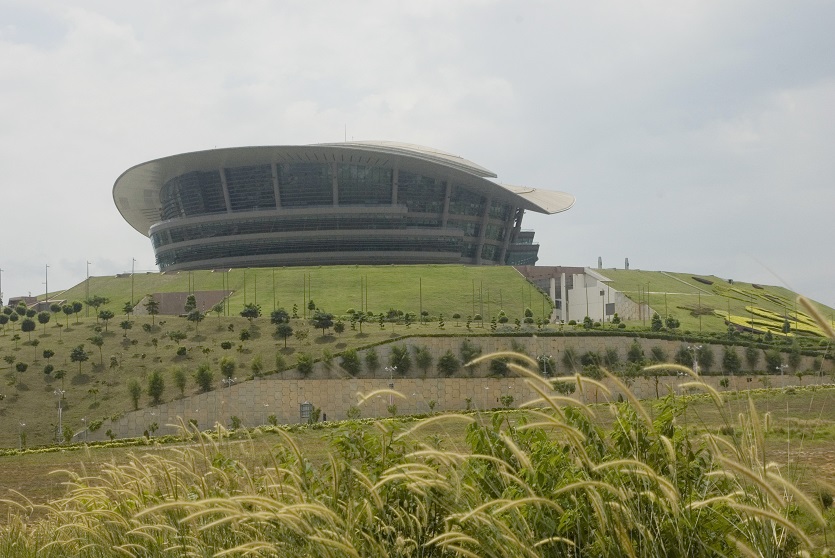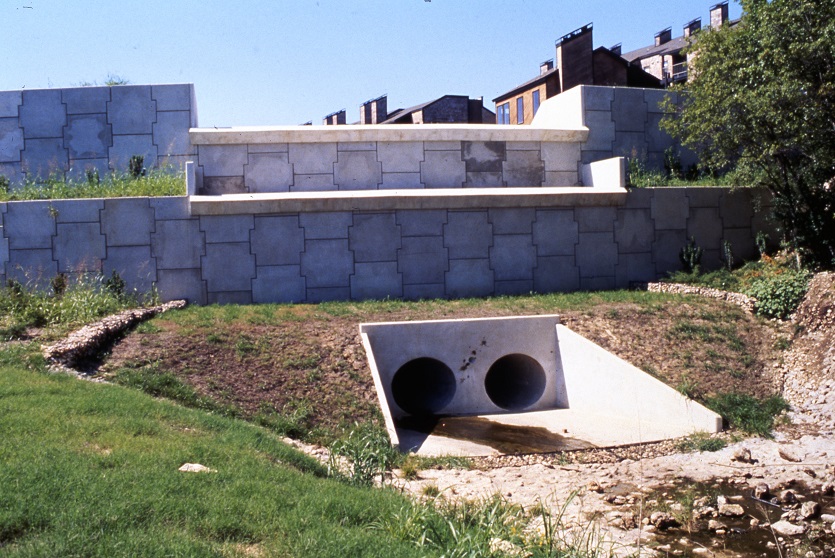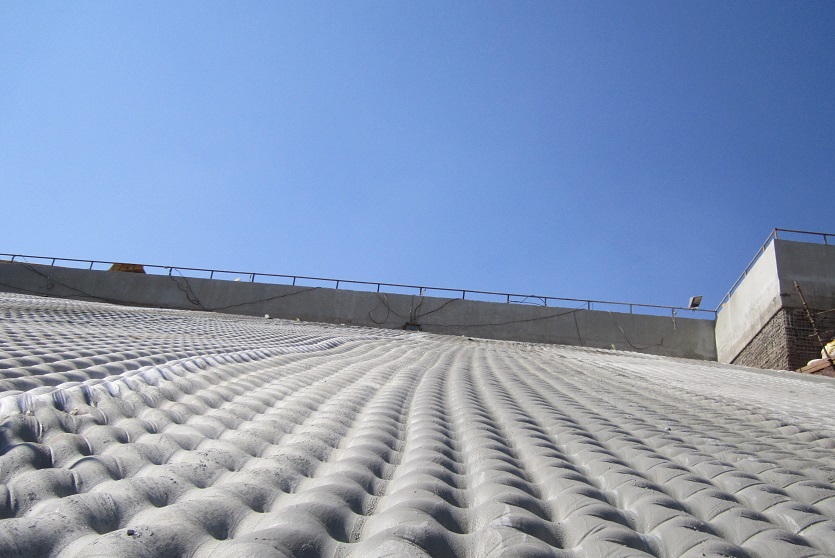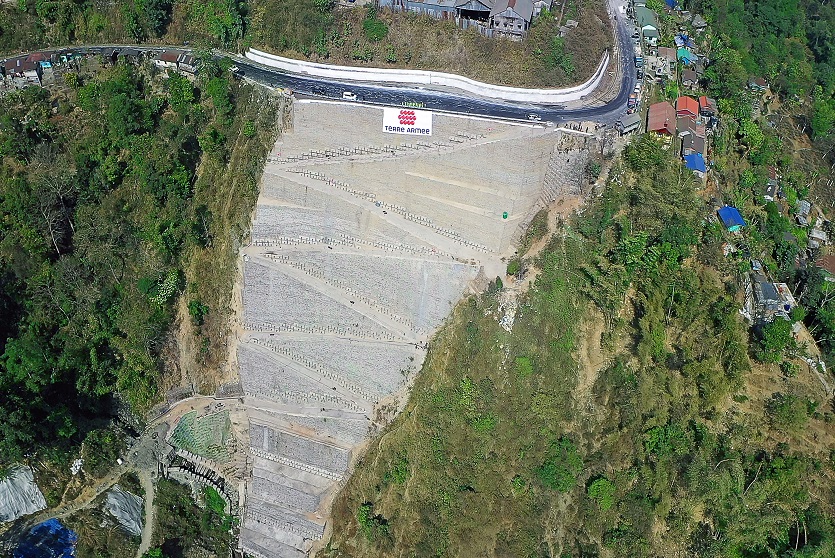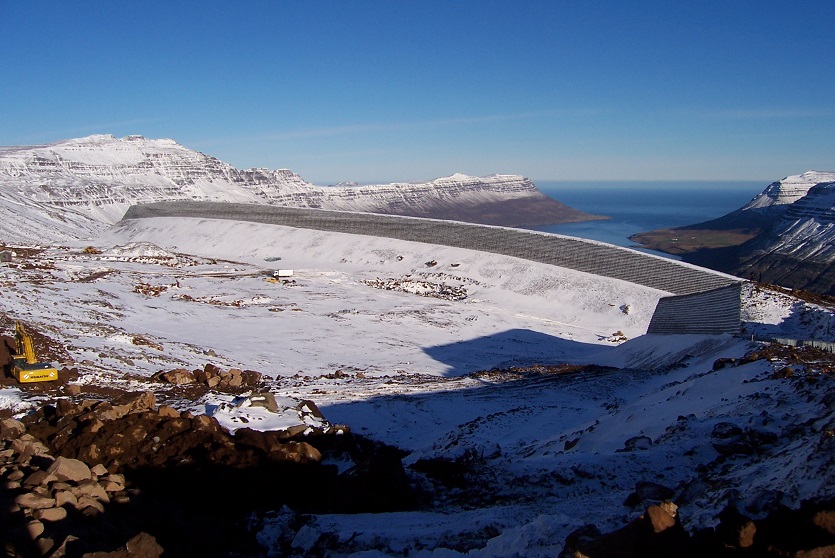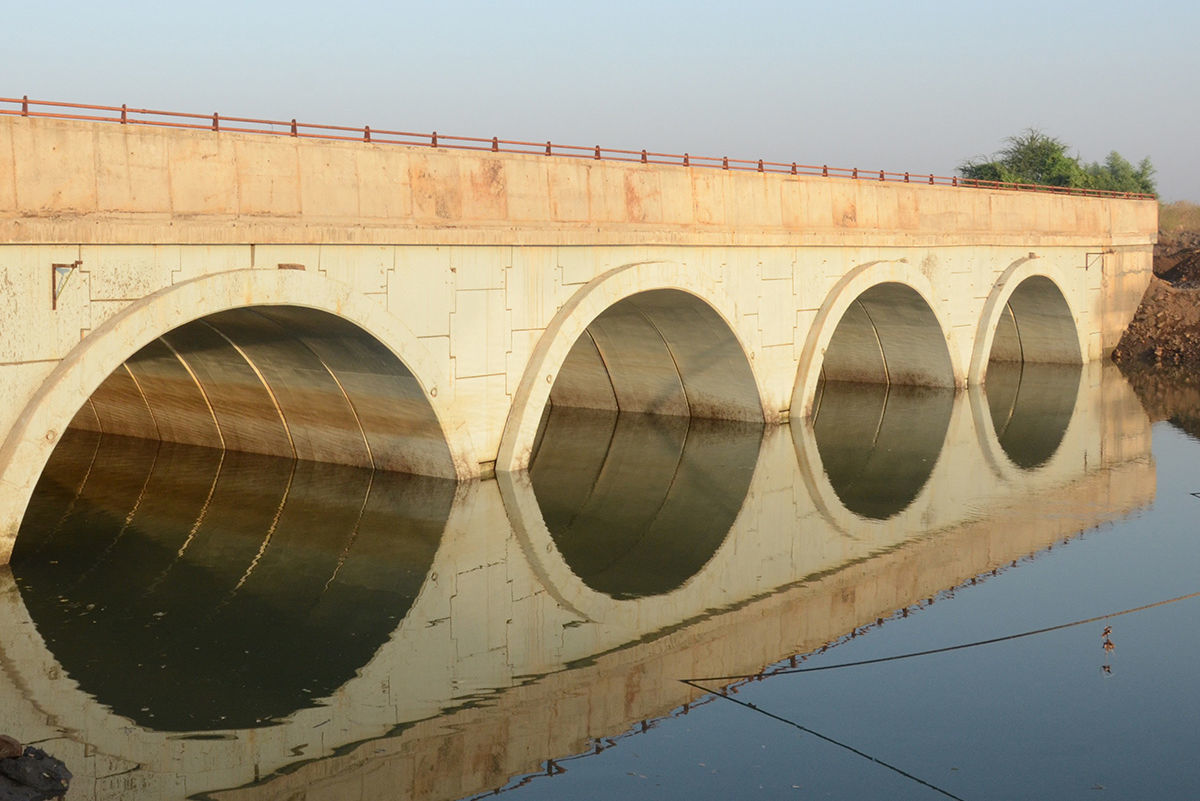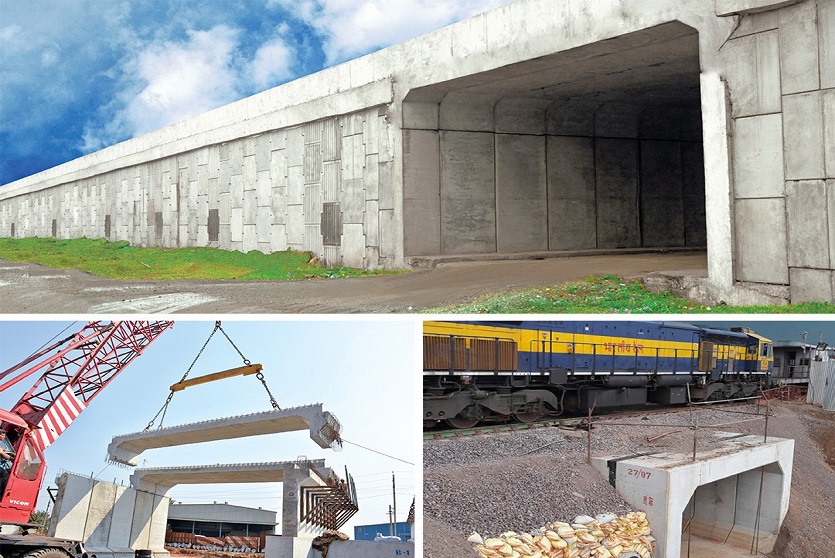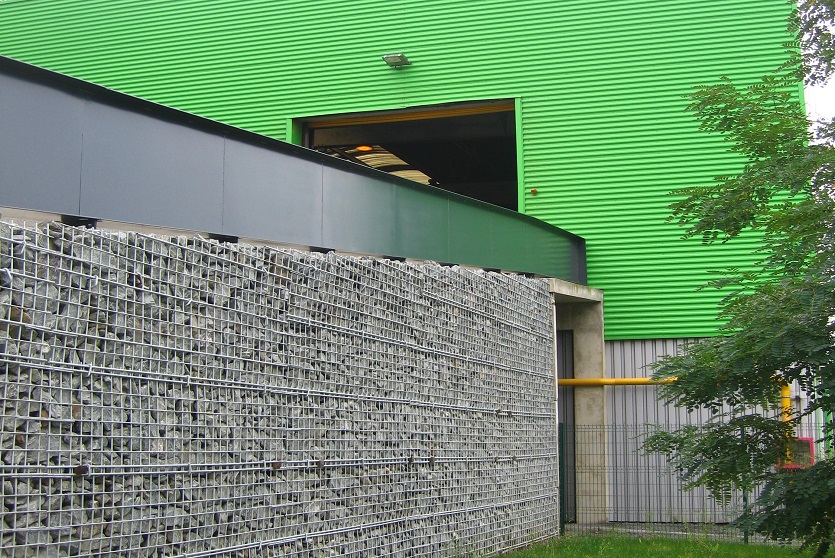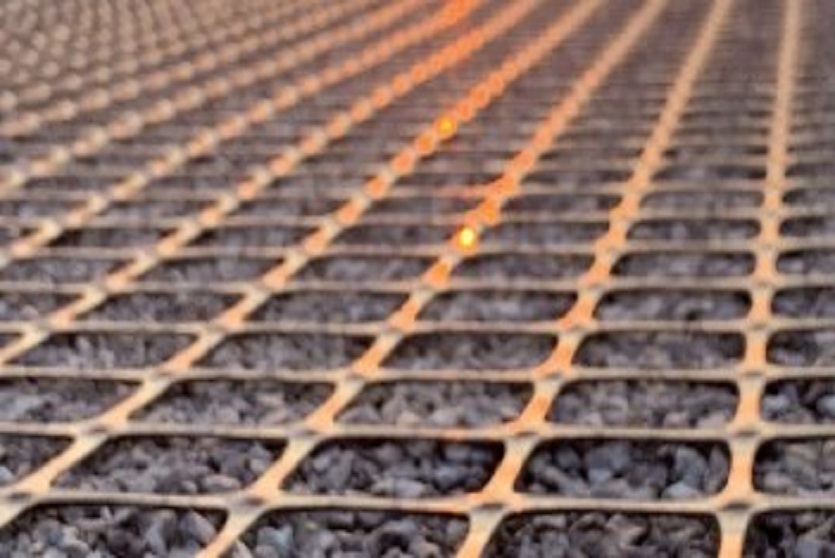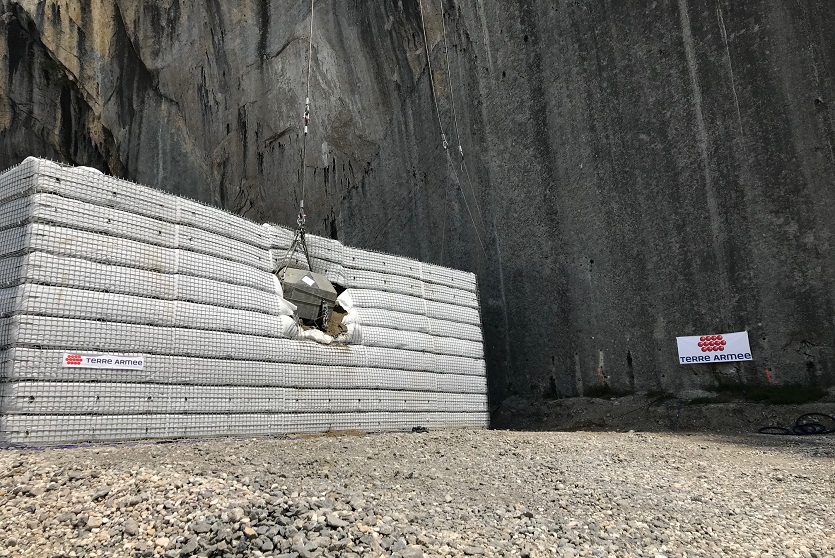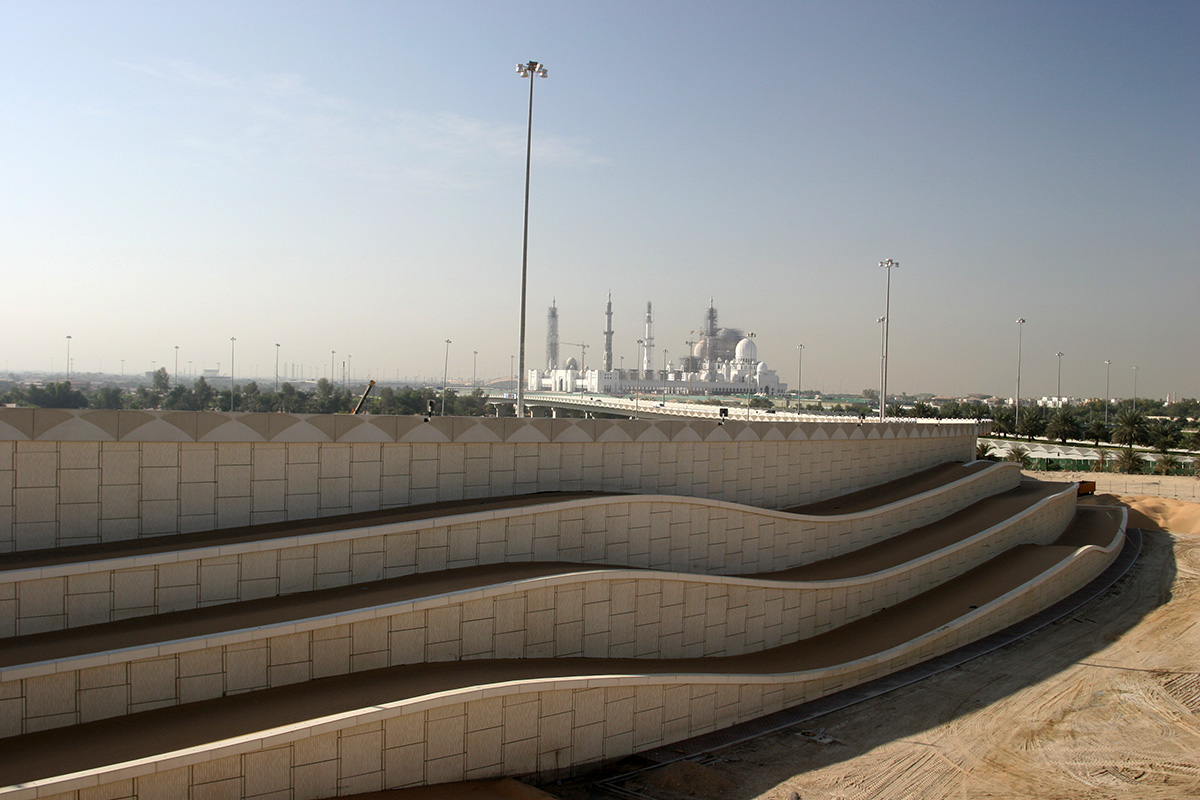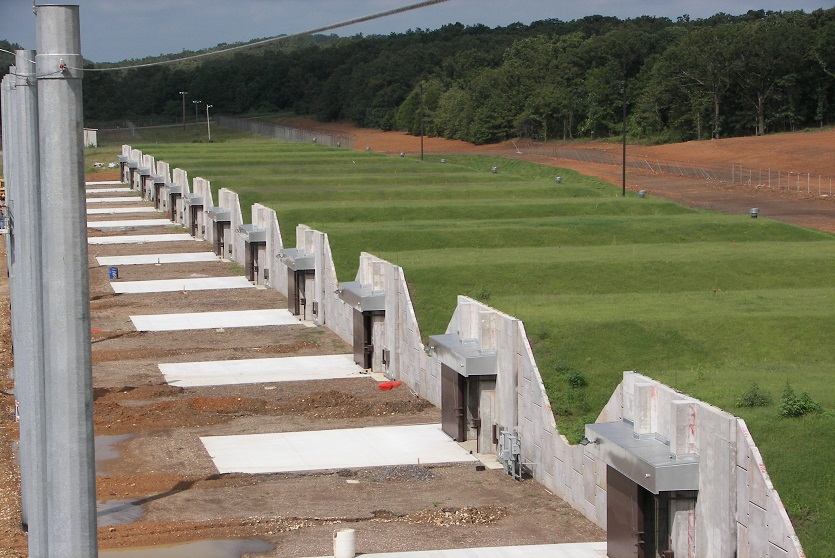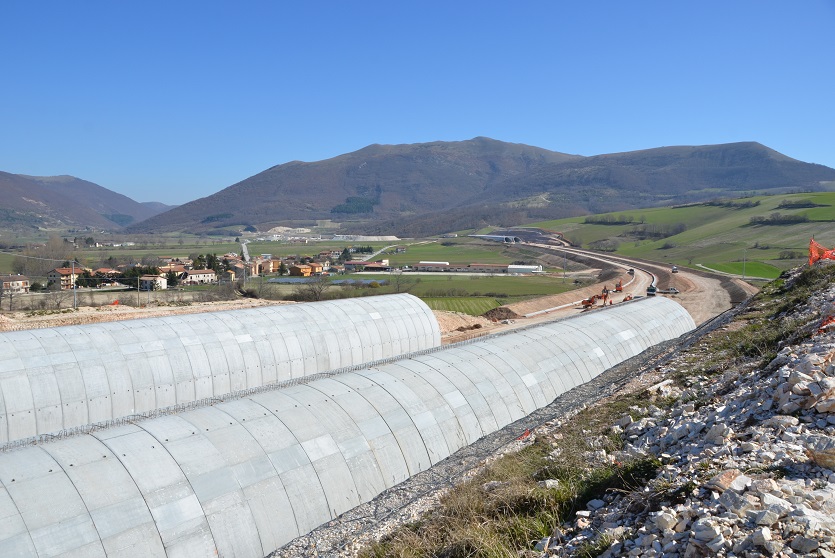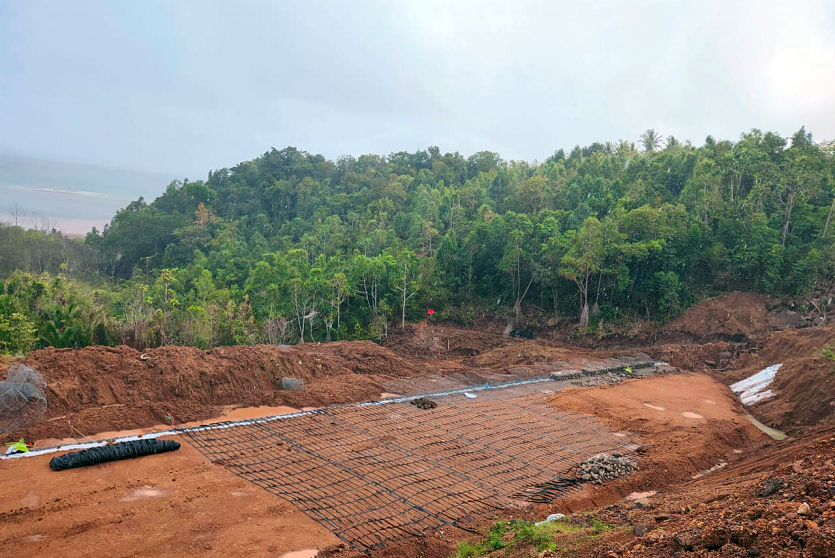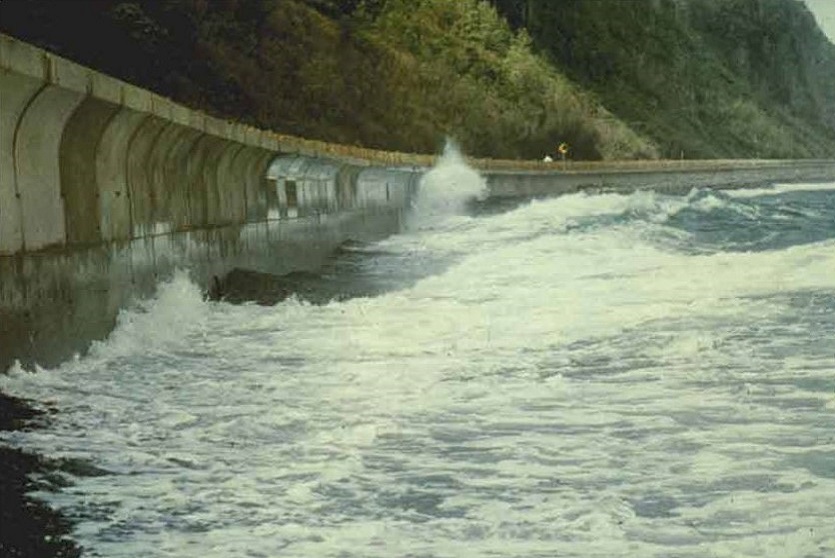Development in the urban environment involves building numerous functional facilities that support its inhabitants.
- Access to transportation networks
- Utilities, such as water, power and waste management
- Public and private facilities such as schools & campuses, hospitals, office buildings, museums
- Measures to manage the natural surrounding habitat
Access to transportation
The ease of mobility for modern urban dwellers is vital for economic sustainability. Building user-friendly structures for pedestrian, bikeway, and auto-route users alike to access transportation-linked roads, pathways and tunnels to connect with outlying highways, rail and bus terminals is essential infrastructure.
Benefits
Vision, development, delivery
Vision, development, delivery
Our engineers and sales teams work closely with municipal and agency representatives, and together decide on the best solutions and set measures of ensuring durability and dependency of their urban works.
Attention to ergonomics and economics
Attention to ergonomics and economics
We address the constraints and sensitivities of building in the urban environment. Minimizing needed space, time, and cost are all factored into the Reinforced Earth approach to our works.
Eco-friendly and environmentally responsive
Eco-friendly and environmentally responsive
Implementation of eco-friendly solutions. For example, designing attractively finished structures made from thin elements, using recycled materials whenever possible are a part of our “Green is Great” ambitions.
Related applications

